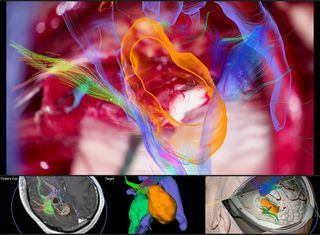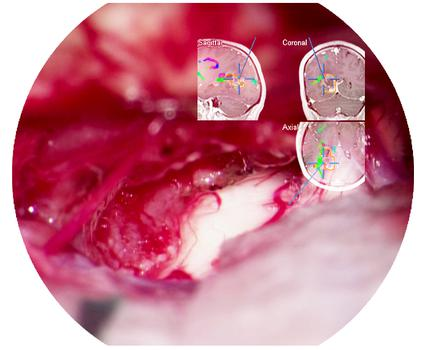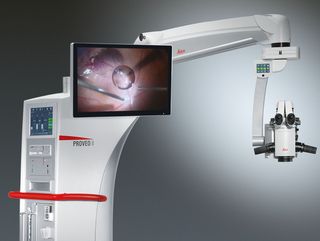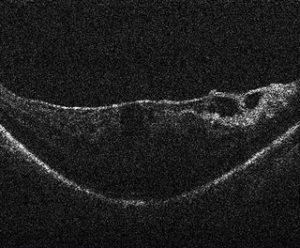Neurosurgeon and Professor Jacques J. Morcos, MD discusses the clinical benefits of GLOW800 during bypass surgery
Watch Dr. Morcos utilize GLOW800 to perform a STA-MCA double bypass for Moyamoya disease.
– Jacques J. Morcos, MD,FRCS(Eng), FRCS(Ed), FAANS
Professor and Co-Chairman, Department of Neurological Surgery
Professor of Clinical Neurosurgery and Otolaryngology
Division Chief, Cranial Neurosurgery, Jackson Memorial Hospital
Director, Cerebrovascular and Skull Base Fellowship Program
University of Miami, Miami, FL
* The statements and opinions expressed by the doctors reflect their personal opinions and experiences.
Contact DB Surgical for more information.
Surgical decision making altered during recurrent PICA aneurysm treatment using GLOW800
In this video, Dr. Jacques Morcos utilizes GLOW800 to treat a patient with a recurrent PICA aneurysm. During the procedure, GLOW800 reveals details that impact Dr. Morcos’ surgical decision making for a successful patient outcome.
Video Courtesy of Jacques J. Morcos, MD, FRCS(Eng), FRCS(Ed), FAANS
– Jacques J. Morcos, MD,FRCS(Eng), FRCS(Ed), FAANS
Professor and Co-Chairman, Department of Neurological Surgery
Professor of Clinical Neurosurgery and Otolaryngology
Division Chief, Cranial Neurosurgery, Jackson Memorial Hospital
Director, Cerebrovascular and Skull Base Fellowship Program
University of Miami, Miami, FL
* The statements and opinions expressed by the doctors reflect their personal opinions and experiences.
Contact DB Surgical for more information.


 One of the challenges of neurosurgery is orientation at the surgical site. When resecting tumors, removing arteriovenous malformations, or clipping aneurysms, surgeons often have to work near healthy and functional brain tissue. When resecting the tumor, the challenge is always to spare as much healthy tissue as possible. Neuronavigation technology, also referred to as Image Guided Surgery (IGS) enables surgeons to plan the ideal approach before making a cut and helps to execute that plan by providing intraoperative orientation.
One of the challenges of neurosurgery is orientation at the surgical site. When resecting tumors, removing arteriovenous malformations, or clipping aneurysms, surgeons often have to work near healthy and functional brain tissue. When resecting the tumor, the challenge is always to spare as much healthy tissue as possible. Neuronavigation technology, also referred to as Image Guided Surgery (IGS) enables surgeons to plan the ideal approach before making a cut and helps to execute that plan by providing intraoperative orientation.




